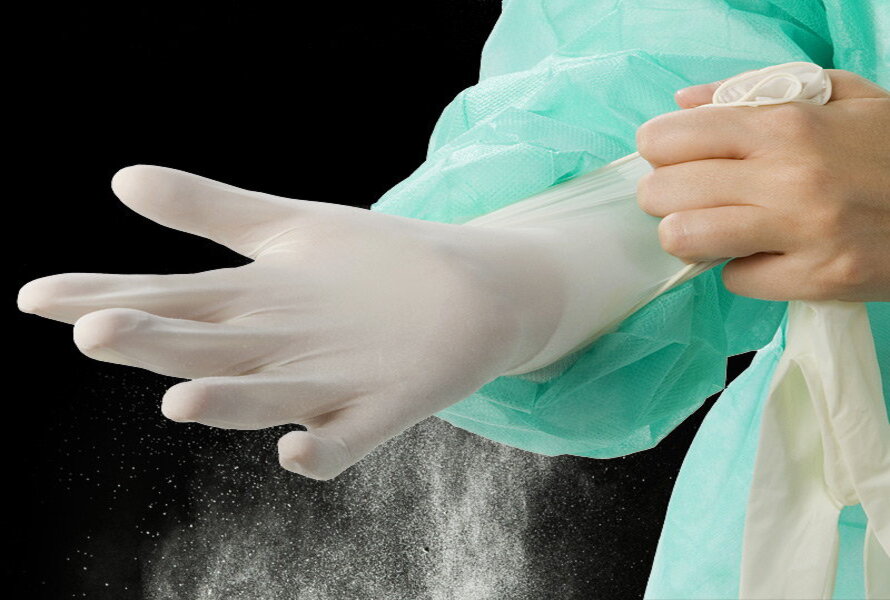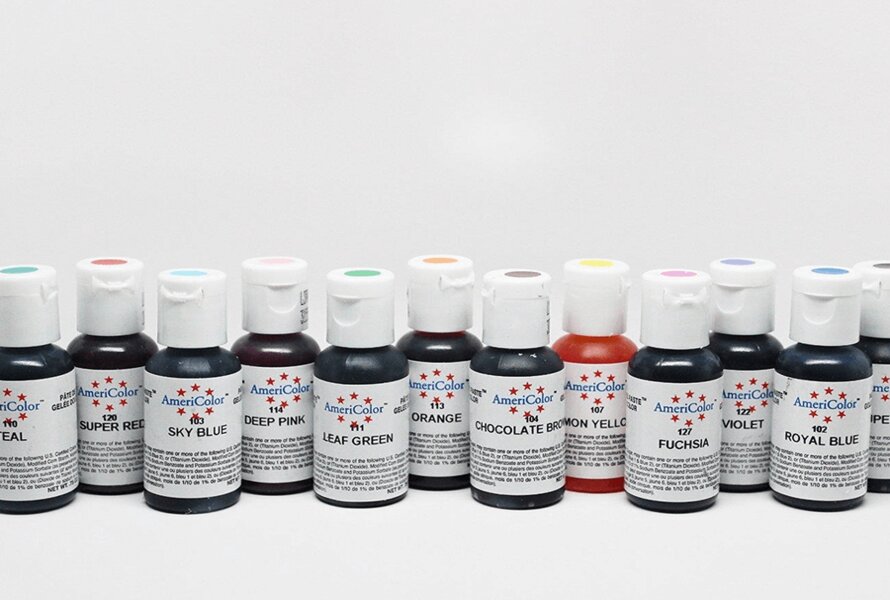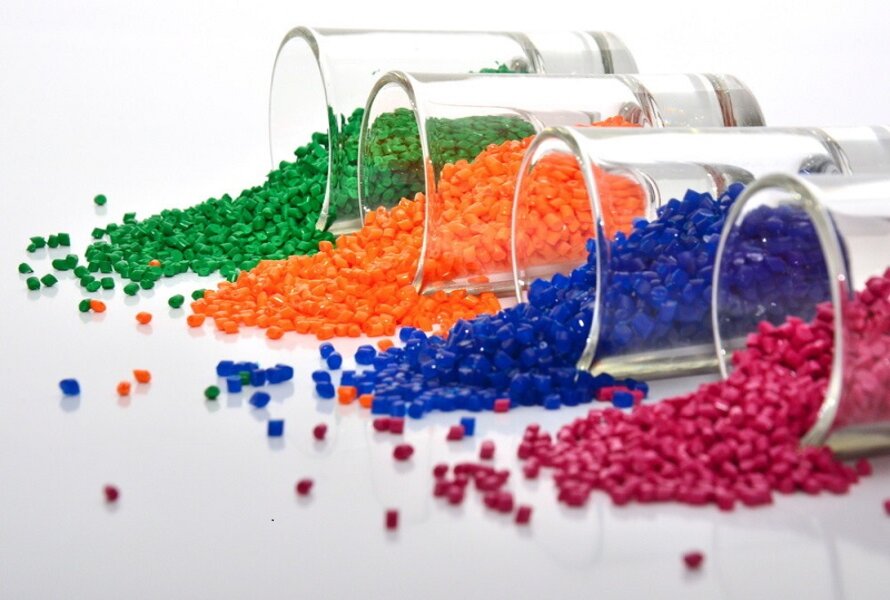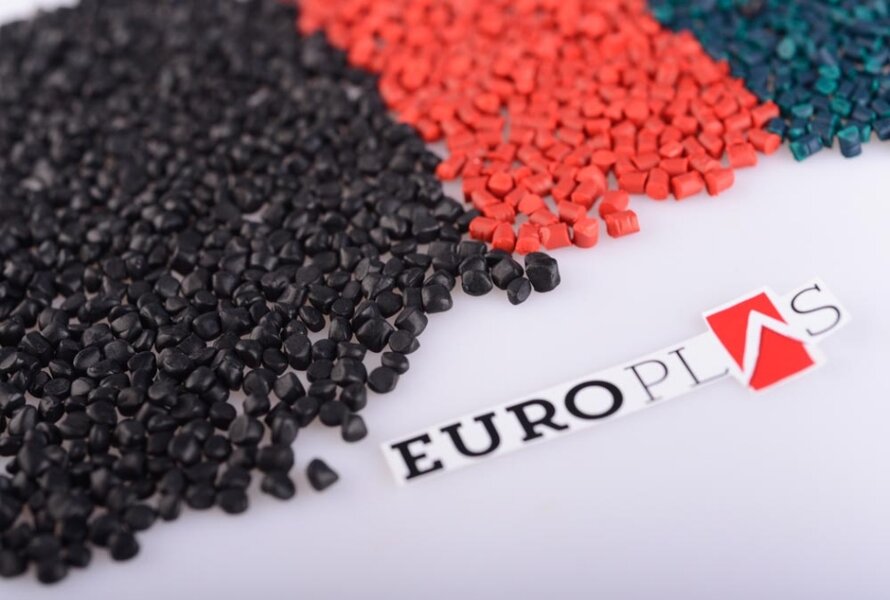Plastic beads offer incredible versatility and affordability, making them ideal for an array of applications such as jewelry, crafts, and decorations. Yet, there are times when you desire a color transformation to match your personal style or imbue projects with a fresh look. Thankfully, a multitude of home dyeing methods and materials are available. This article showcases how to dye plastic beads with ease. Additionally, we'll share expert tips to enhance the professional appearance and durability of your dyed plastic beads.
1. What You Need to Know Before Dyeing Plastic Beads
Before commencing the dyeing process of your plastic beads, it is imperative to acquaint yourself with essential aspects and make necessary preparations:
- Types of Plastic Beads: Plastic beads vary significantly. Some are fashioned from clear or translucent acrylic, allowing for easy dye absorption through any method. Conversely, others consist of opaque or pre-colored plastic, demanding more time and effort to alter their hue. Moreover, specific beads might possess coatings or finishes that can influence the dyeing process. Therefore, it is crucial to identify the type of plastic beads you possess and conduct a preliminary test on a small sample before proceeding to dye a larger batch.
- Varieties of Dye: Numerous types of dyes are available for coloring plastic beads, including food coloring, Rit dye, acrylic paint, and nail polish. Each variant offers unique advantages and disadvantages, depending on factors such as desired color, intensity, durability, and cost. For custom shades and effects, experimentation with different dye combinations is possible. However, adherence to the usage instructions and safety precautions of each chosen dye is paramount, as mixing incompatible dyes should be avoided.
- Necessary Equipment and Supplies: The dyeing method you opt for will determine the specific equipment and supplies required, such as pots, strainers, bowls, spoons, funnels, glue, water, vinegar, baking soda, rubbing alcohol, cotton swabs, paper towels, newspapers, gloves, and more. Prior to initiating the dyeing process, ensure you have all necessary items readily available.
- Appropriate Work Area: Dyeing plastic beads entails a potentially messy and hazardous endeavor. Hence, conducting the process in a well-ventilated workspace, away from children and pets, is vital. Safeguard your working surface by laying down newspapers or a protective garbage bag, and don attire that can withstand potential stains in case of accidental spills. Moreover, it is crucial to never employ the same equipment or utensils used for dyeing plastic beads in cooking or eating activities.
 Need to wear gloves when staining plastic beads
Need to wear gloves when staining plastic beads
2. How to Dye Plastic Beads with Food Coloring
One of the easiest and cheapest ways to dye plastic beads is with food coloring. Food coloring is widely available in grocery stores or online, and comes in various colors and forms (liquid, gel, or powder). Food coloring can be used to dye clear or translucent acrylic beads in any color you want. However, food coloring may not work well on opaque or colored plastic beads. Also, food coloring may fade over time or rub off onto other objects.
To dye plastic beads with food coloring, follow these steps:
- Clean your plastic beads with a microfiber cloth or a cotton swab dipped in rubbing alcohol. Remove any stickers or labels with warm soapy water. Make sure your plastic beads are dry before dyeing them.
- In a small container (such as a bowl or a cup), mix some glue (such as white glue or decoupage sealer) with a few drops of food coloring. You can use any color or combination of colors you like. Add more food coloring for a darker shade, and less for a lighter shade. You can also add a few drops of water to thin out the mixture if it is too thick.
- Pour the mixture into your plastic beads using a funnel if they have a small opening. Swirl the mixture around until the entire inside of your plastic beads is covered with the dye. You can use a toothpick or a small brush to spread the dye evenly.
- Turn your plastic beads upside down on a paper towel or a newspaper and let them dry completely. This may take several hours or overnight depending on the size of your plastic beads and the amount of dye you used.
- Enjoy your dyed plastic beads! You can use them for making jewelry, crafts, or decorations as you wish.

How to Dye Plastic Beads with Food Coloring
3. Tips and Tricks for Dyeing Plastic Beads
Here are some tips and tricks that can help you dye your plastic beads better and make them last longer:
- To provide optimum protection against fading, chipping, or rubbing off, it is highly recommended to seal your dyed plastic beads with a clear coat of varnish, lacquer, mod podge, or spray paint once they have dried. This protective layer not only adds durability but also imparts a glossy finish to your plastic beads.
- In case of any unwanted color mishaps or if you decide to alter the color of your dyed plastic beads, employing rubbing alcohol proves to be remarkably effective. By simply dipping a cotton swab or a paper towel into rubbing alcohol and gently rubbing it over the dyed surface, the dye can be effortlessly removed. Alternatively, soaking the plastic beads in rubbing alcohol for a few minutes will entirely eliminate the unwanted dye.
- Incorporating vinegar into the dyeing process can enhance adhesion but may result in an unpleasant odor on your plastic beads upon drying. However, this can be easily remedied by using baking soda to neutralize the vinegar. A light sprinkle of baking soda over the beads, followed by a gentle rub, effectively eliminates the sour smell, while simultaneously providing a glossy and smooth texture to the beads after rinsing and drying.
- For multiple colors, it is essential to use separate containers for each dye to avoid undesired blending. Rinsing the containers thoroughly before using them for another color is crucial. Disposable containers like cups, bowls, or bottles can serve this purpose effectively.
- As dyeing plastic beads can be a messy and potentially hazardous task, exercising caution is essential. Wearing protective gloves and aprons safeguards hands and clothes from staining or potential burns. Additionally, ensure working in a well-ventilated area, far from the reach of children and pets.
 Need to use a separate container for each plastic color
Need to use a separate container for each plastic color
4. Introduction to the plastic beads of Europlas
If your interest lies in plastic beads, delving into EuroPlas, the world's foremost filler masterbatch manufacturer, becomes imperative. EuroPlas presents unparalleled solutions in plastic raw materials, optimizing production costs and augmenting market competitiveness. Among their offerings is the PP glass bead compound, a meticulously crafted blend of PP compound, glass beads, and specialized additives. This compound dramatically enhances product stiffness, transparency, compression resistance, and thermal stability, making it a coveted choice for automotive and home interiors, as well as home appliances.
Boasting a remarkable 14-year legacy in the plastic industry, EuroPlas stands as a trusted and experienced enterprise with six state-of-the-art factories, producing up to 0.6 million tons of plastic materials annually. Their reputation spans across 85 countries, with thousands of satisfied customers extolling the quality and performance of EuroPlas products. To explore the possibility of ordering or customizing plastic beads from EuroPlas, a simple means is available through our
website or via email at info@europlas.com.vn. The accommodating team at EuroPlas eagerly awaits to attend to all inquiries and requests.
 EuroPlas stands as a trusted and experienced enterprise
EuroPlas stands as a trusted and experienced enterprise